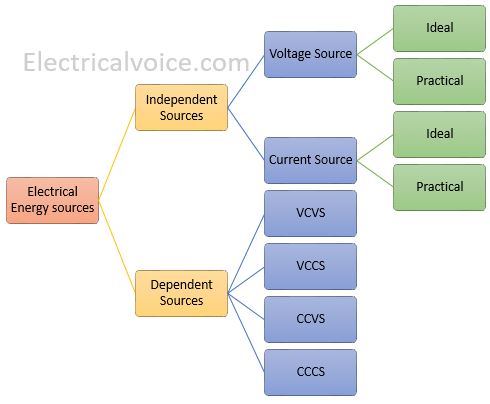Star Delta Conversion & Delta Star Conversion
In this article, we will see Star Delta Conversion and Delta Star Conversion. This conversion is widely used in the analysis of 3-phase electric power circuits. In simple words, it is used for the simplification of an electrical circuit in order to easily analyse the circuit. Star Delta Conversion In this section, we will see … Read more

